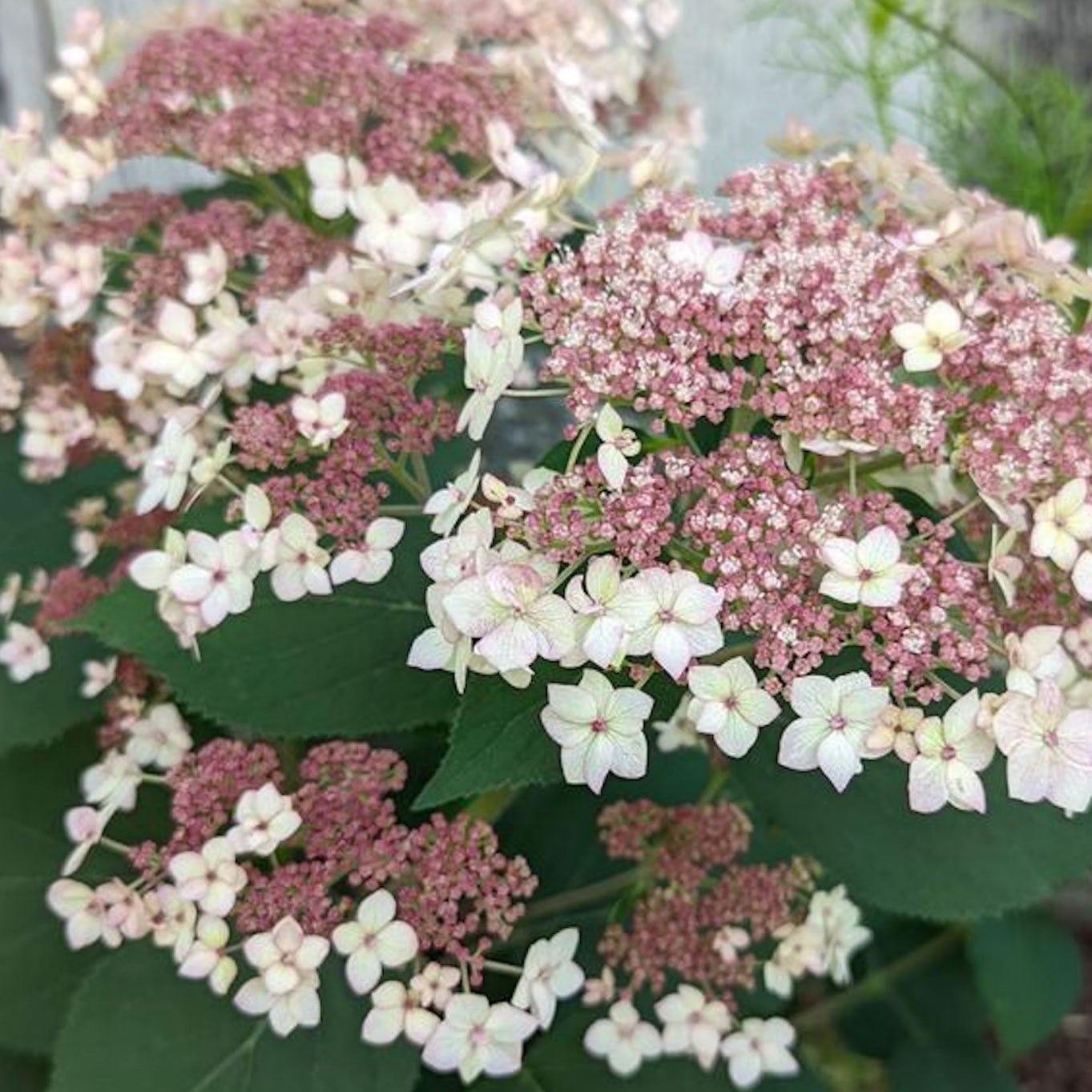What Is A Florist Hydrangea? – Plus, Why You Shouldn’t Plant Them In Your Garden
They may look gorgeous, but is it worth your while trying to grow a florist hydrangea? While lovely in short-term displays, here’s why you should think carefully before you take one on
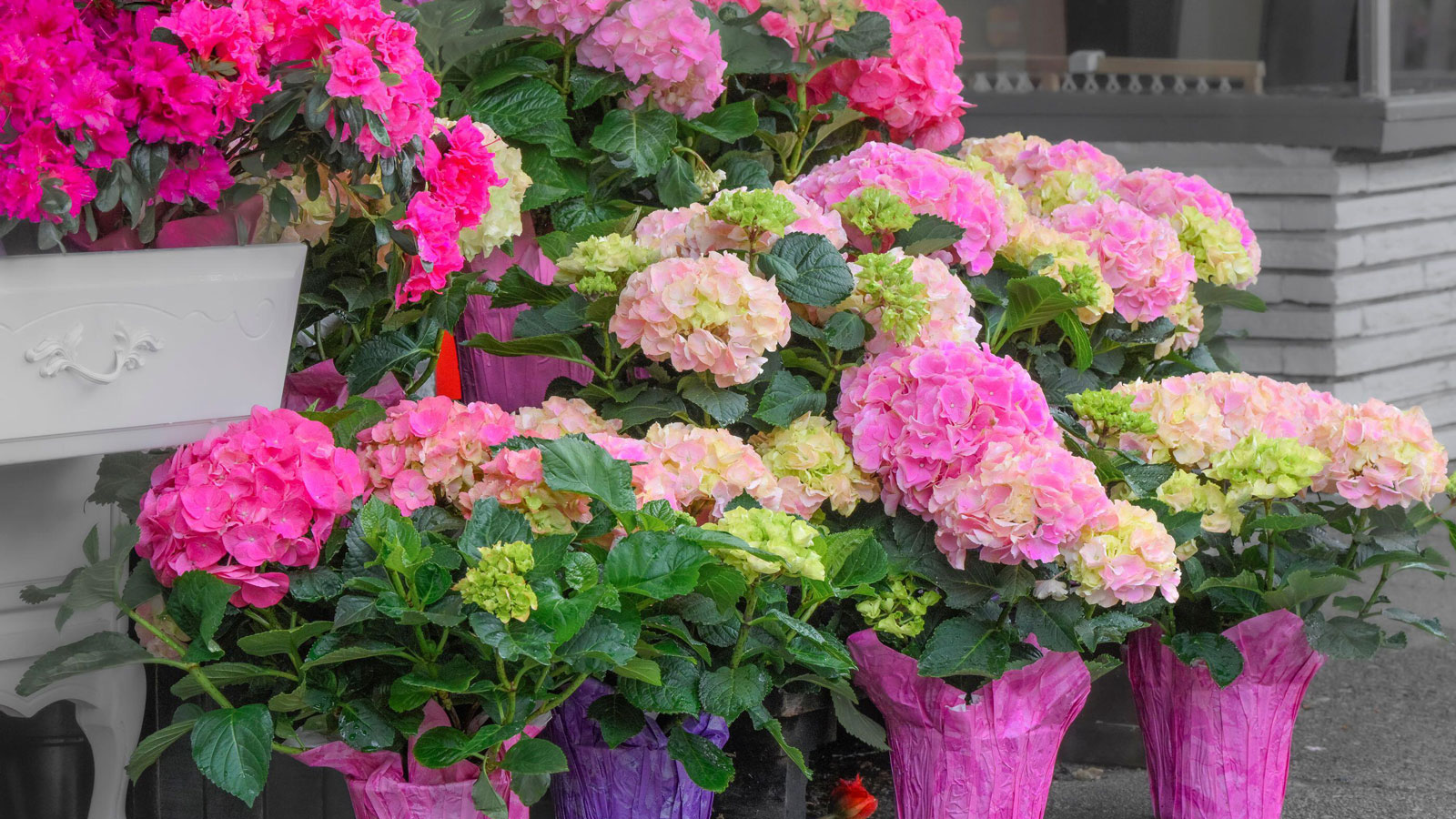

A stunning, fully bloomed hydrangea in a florist’s shop or the houseplant area of a garden center can be hard to resist. This so-called florist hydrangea is often sold around holidays, catching attention with its over-the-top and out-of-season flowers. If you are always on the lookout for unusual or striking hydrangea varieties, they can certainly stand out from the crowd. Unfortunately, these hydrangeas are not good for much more than temporary decoration. Can you plant florist hydrangeas outside? Yes, but it’s not necessarily a great idea. Here, we uncover the truth about florist hydrangeas and why it might not be the best idea to grow them.
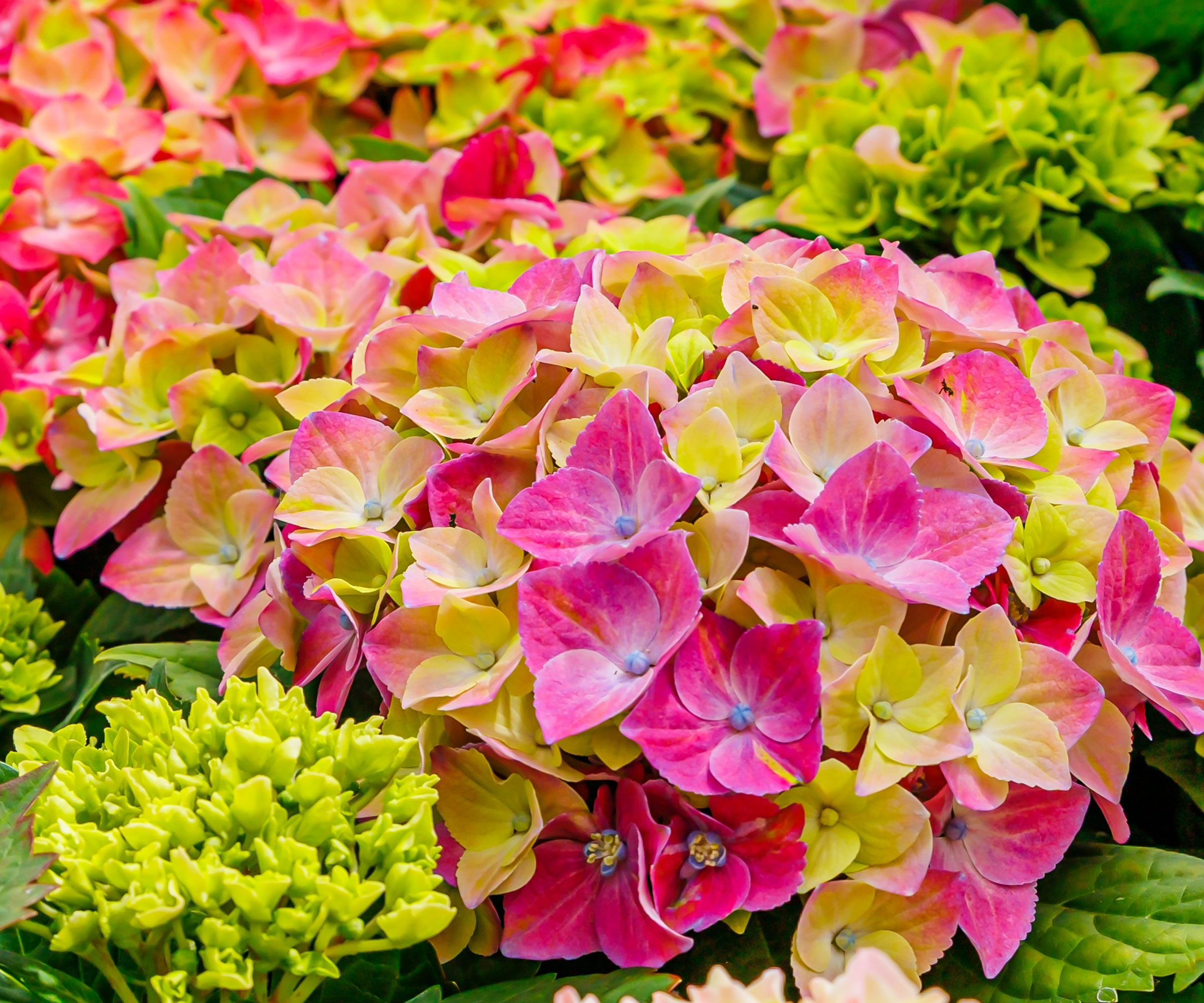
What Is a Floral Hydrangea or Florist Hydrangea?
The hydrangea flower container arrangements that you see in the shops, which seem to be flowering out of season – well, most likely they are. So, what is a florist hydrangea? It is almost always a bigleaf hydrangea (Hydrangea macrophylla). It is a type of hydrangea native to the warm coastal climate of parts of China, Japan and Korea.
Growers use bigleaf hydrangeas to force blooms out of season and sell in flower shops and garden centers for their characteristically large clusters of pink, blue or white flowers. Using specific growing conditions, they can be forced to bloom spectacularly and earlier than is natural, just in time for certain holidays, and typically in early spring.
Floral hydrangeas are usually sold in smaller containers decorated with foil or colored paper. They often have an identifying stick in the soil, but it will have less information than what you see on those that come with landscaping plants. Of course, seeing a hydrangea blooming out of season is another important clue that you are looking at a florist hydrangea.
How to Care for Florist Hydrangea Plants
There is nothing wrong with a florist hydrangea, as long as you know what you’re getting and that it won’t last forever. Remove the decorative foil or paper so the pot can drain. Water it regularly to keep the soil consistently moist, and provide bright indirect light in a spot that doesn’t get too or too cold.Because they are bred solely to provide temporary show-stopping blooms, these hydrangeas are often less sturdy than others, whether you are looking for a pot-based hydrangea or something you can plant out. They may be more likely to get diseases and are not very cold hardy, either. So ultimately, you shouldn’t expect them to do well for more than one growing season.
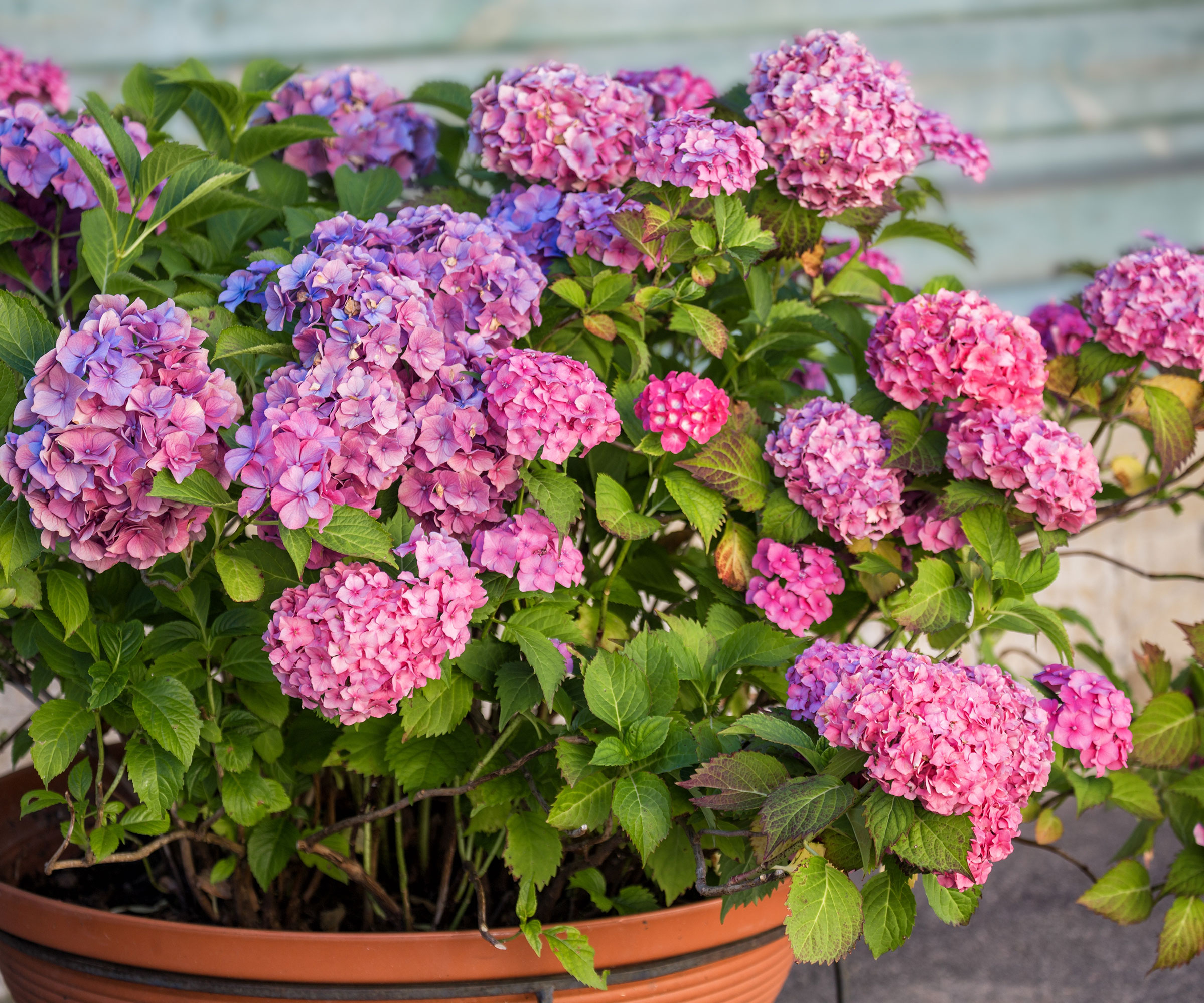
Why You Shouldn’t Plant Florist Hydrangeas
So can florist hydrangeas be planted outside? Technically, yes – but it’s not recommended and it could prove to be a big mistake for a hydrangea lover. They are not cold hardy in many areas, have weak stems, and are more susceptible to disease. They will also struggle to rebloom because of the stress of being forced. If you do plant a florist hydrangea outside, provide good winter protection and don’t be surprised if it doesn’t bloom again for a year or two.
What to Plant Instead of Florist Hydrangeas
If you love hydrangeas and want them in the garden, choose a more appropriate hydrangea variety by zone and climate. Here are some core hydrangea options that are better for you if you are looking for more enduring hydrangea displays:
Sign up for the Gardening Know How newsletter today and receive a free copy of our e-book "How to Grow Delicious Tomatoes".
- Smooth hydrangea (Hydrangea arborescens) is a North American native. It is hardy in USDA zones 3-8. You can find cultivars in various sizes. They are traditionally white, but you can now get pink cultivars.
- Oakleaf hydrangea (Hydrangea quercifolia) is also native to the eastern U.S. Its leaves resemble oak leaves, and it grows well in USDA zones 5-9. The flowers begin white and turn pink during the summer.
- Panicle hydrangea (Hydrangea paniculata) is a large shrub typically growing up to 20 feet (6m) tall. Unlike other types, its flowers grow on pointed, rather than round clusters. You can grow panicle hydrangeas like Pinky Winky in USDA zones 3-8.
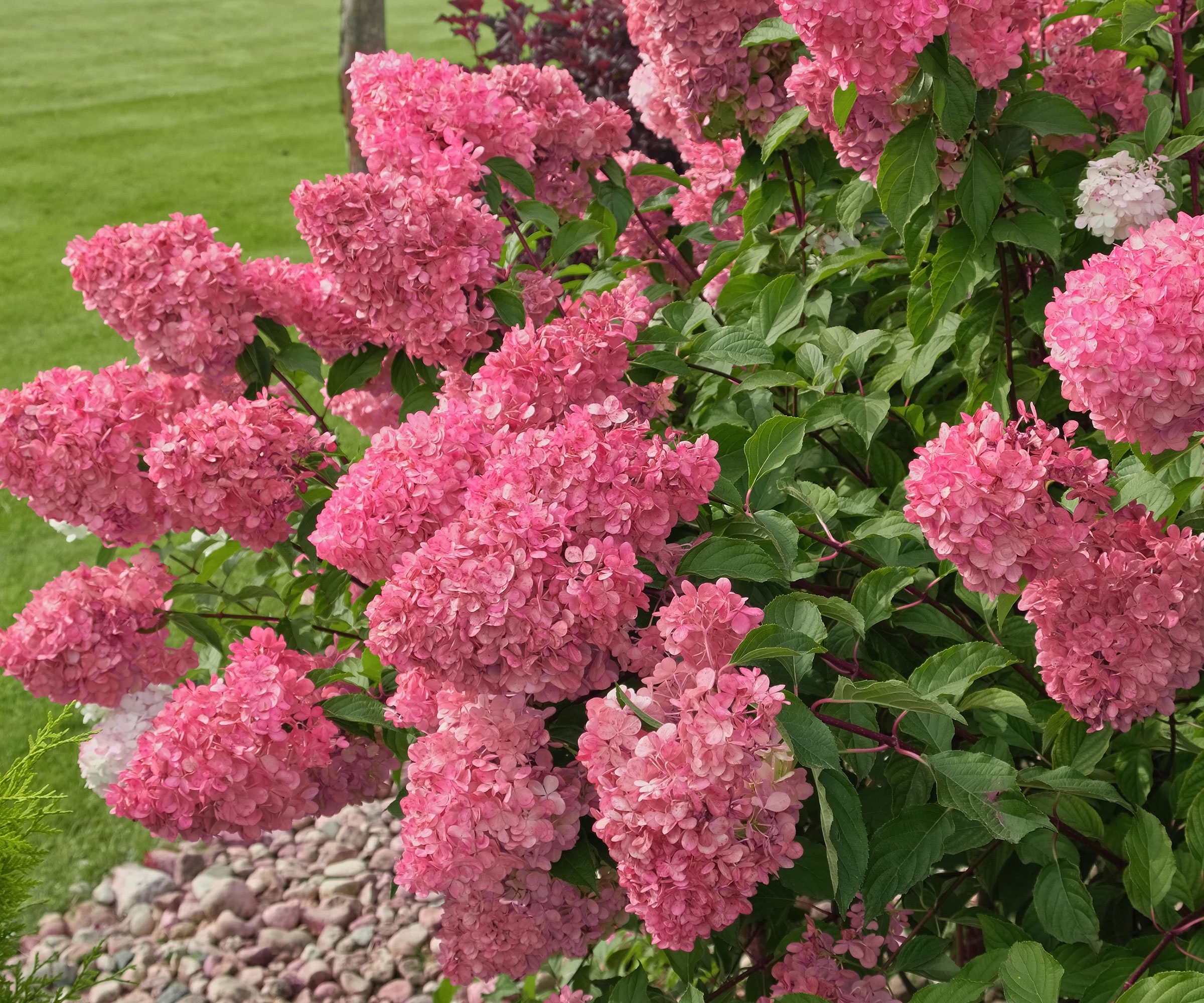
Frequently Asked Questions
How Big do Florist Hydrangeas Get?
Most florist hydrangeas will not get any larger because they are unlikely to survive or thrive beyond one season. Bigleaf hydrangeas appropriate for your hardiness zone can grow up to five or six feet (1.5-1.8m) tall and wide.
Do Florist Hydrangeas Come Back Every Year?
Most florist hydrangeas are treated as annuals. If you have the right climate for it, your hydrangea planted outside might come back the following year. However, because it was grown for annual flowers, it is less likely to return and thrive than a landscaping hydrangea.
This article features products available from third party vendors on the Gardening Know How Shop.

Mary Ellen Ellis has been gardening for over 20 years. With degrees in Chemistry and Biology, Mary Ellen's specialties are flowers, native plants, and herbs.
